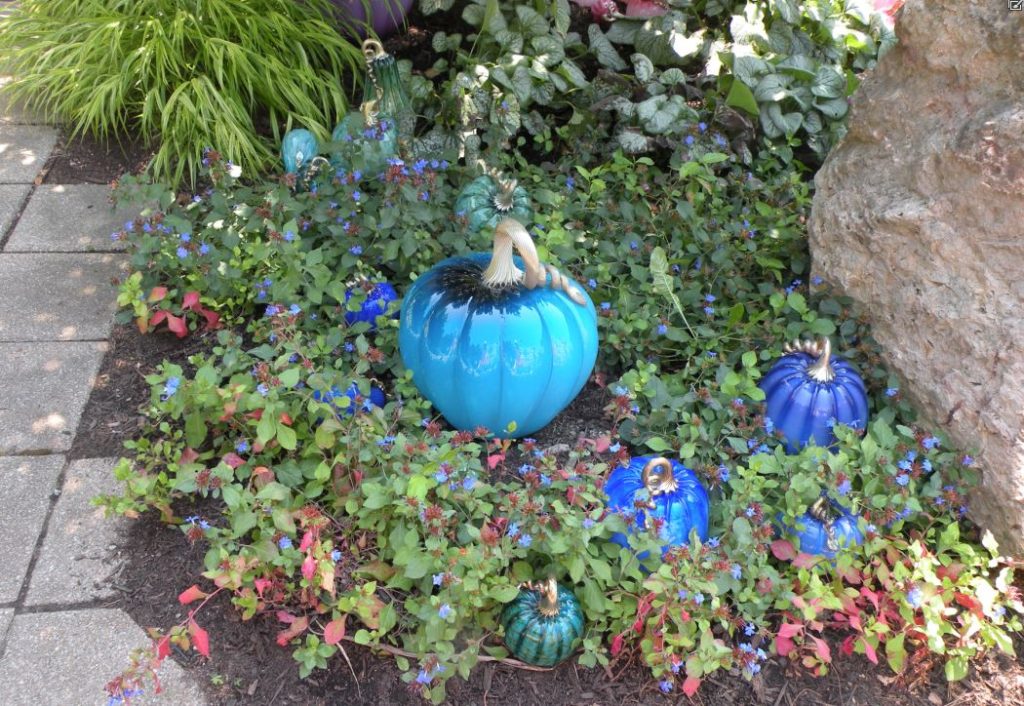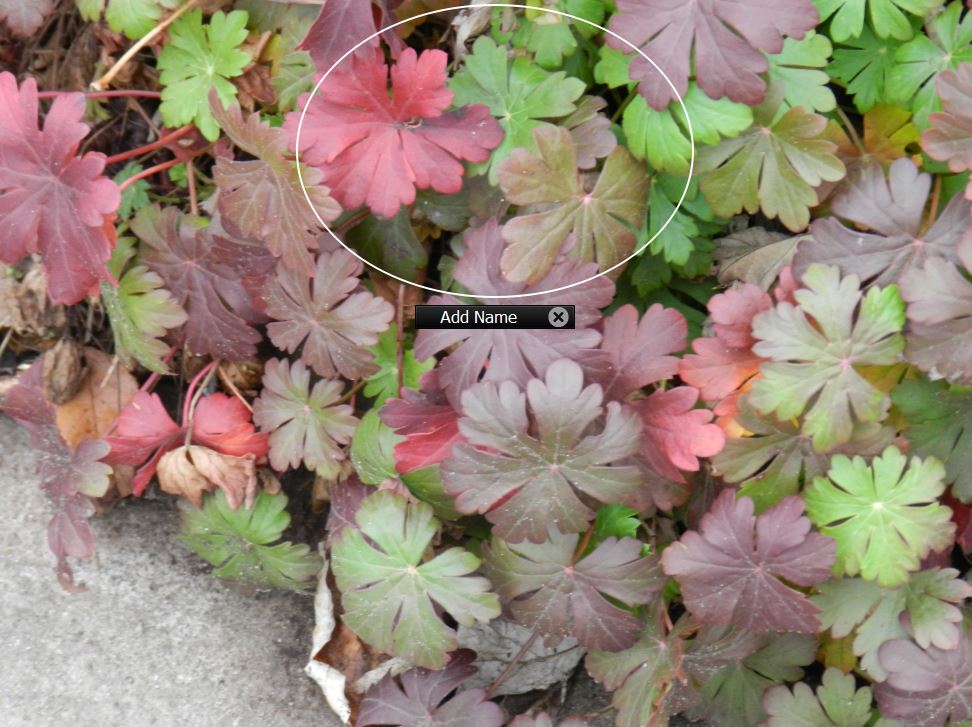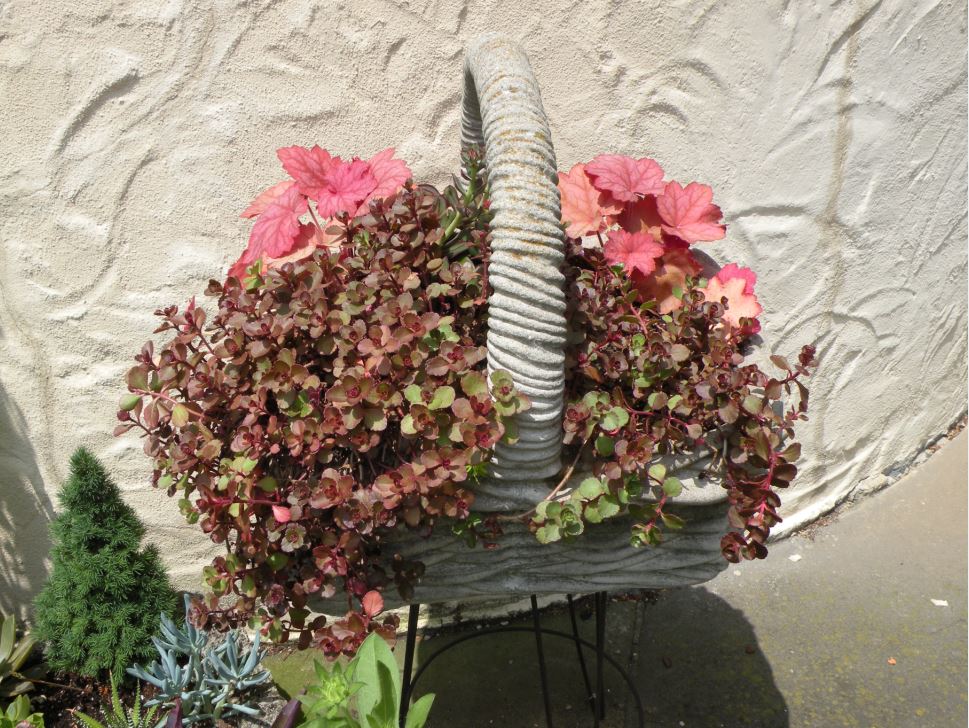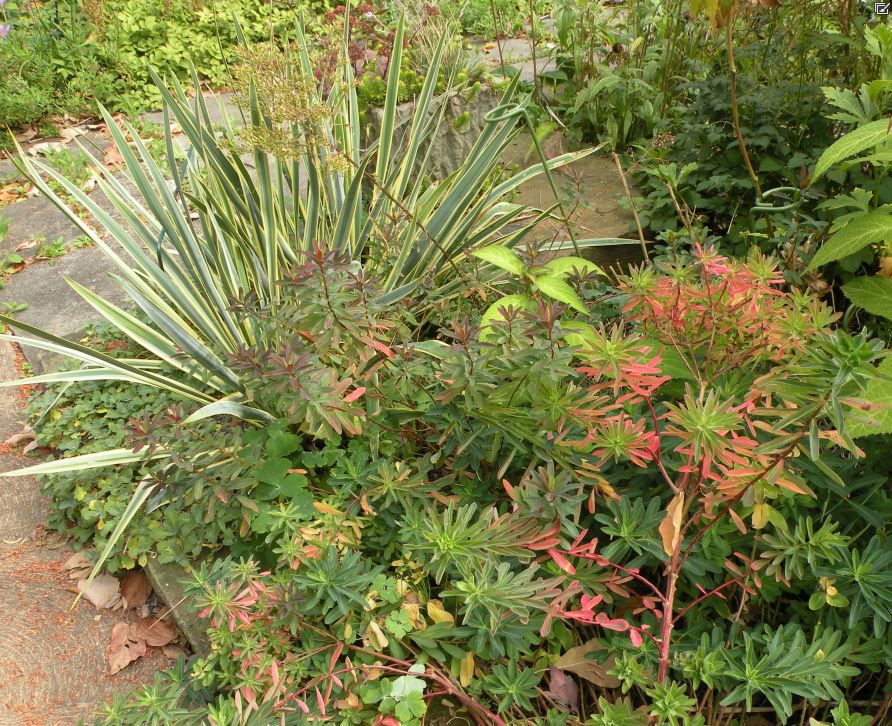
It seems like fall came earlier this year. In early September, temperatures were cooler than usual, particularly at night. There were a few storms but, for the most part, in have been in the midst of a drought. The combination of stress and cooler temperatures mean that foliage is assuming its fall coloration earlier than usual. My neighbor’s Cornus florida (Florida Dogwood) was already turning red in early September.
Last time, I discussed a number of perennials for shade that have excellent fall foliage. This time, I will concentrate on some for sunny sites.

Several hardy geraniums, G.sanguineum (Bloody Cranesbill), G.macrorrhizum (Bigroot Cranesbill), and G. cantabrigiense (a hybrid) have leaves that turn shades of red and orange and thrive as groundcovers for sunny sites although G.macrorrhizum does prefer shade. The flowers are always shades of pink or white.

There are several species of Amsonia (Bluestar) but the one grown for its fall color is A.hubrictii. Best known for its pale blue flowers in June and growing three to four feet tall and wide, cool temperatures turn the green foliage to shades of yellow, from pale to golden depending on soil and temperature.


The Sedum that most gardeners and designers know is ‘Autumn Joy’ although ‘Autumn Fire’ is an improved cultivar. However, the species that change foliage color in the fall are groundcover types, not the upright ones. The best known of these is Sedum spurium ‘Dragon’s Blood’. Growing tightly and only four to six inches high, the green foliage turns bronzy red in summer and bright to dark red in the fall. The other Sedum I use for foliage color is S.rupestre ‘Angelina’. This one has color twelve months of the year. From spring through fall, it is bright yellow. Then, in late fall and winter, it takes on tinges of orange.

Euphorbia polychroma (Cushion Spurge) should be a mainstay of the perennial garden, Its chrome-yellow flowers in early spring brighten those gray rainy days and the foliage, in the fall is an orangy-red. Sadly, it is hard to find in local nurseries. The cultivar ‘Bonfire’ supposedly has brighter fall foliage than the species but my experience has been that they are quite similar.

Most ornamental grasses wait until fall to flaunt their inflorescences but the best one for foliage color is the red switch grass, Panicum virgatum. There are several cultivars; the best for me have been ‘Shenandoah’ and ‘Rotstrahlbusch’. Both grow about three to four feet tall when in bloom.
By the time October rolls around, most gardeners have stopped gardening but if the garden is well-designed, this extra color will appear without any effort by the gardener.


0 Comments